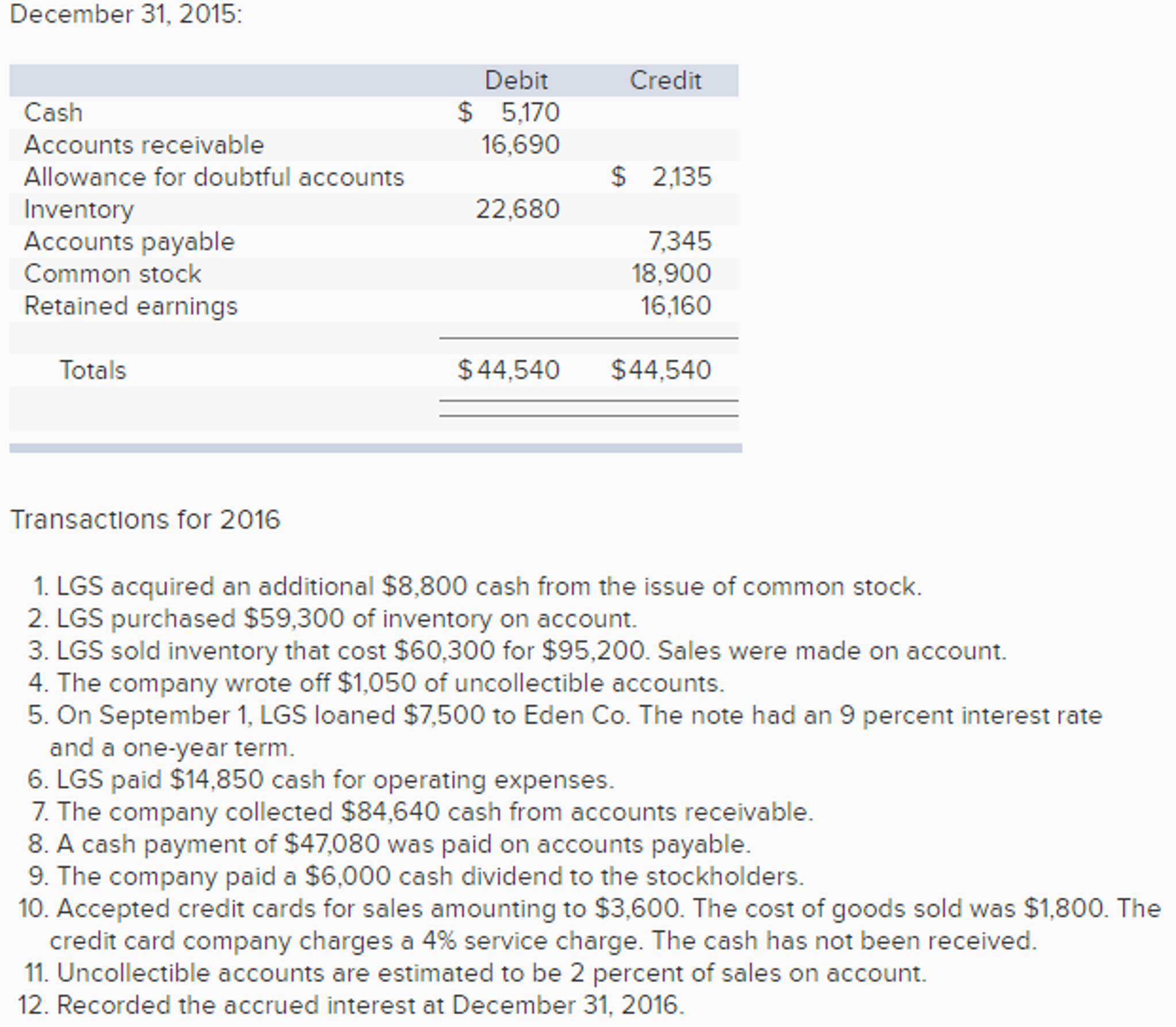
Note: If the Force Listing Of All Batches option is selected on the A/P Options screen, you must print batch listings before posting batches.File the printed reports for your audit trail. Make corrections, if needed, and then reprint the listing for each corrected batch. Click Add to add this document to the batch.For more information, see “Editing Exchange Rate Information on an Invoice” (page 121). If the document does not use the functional currency and you need to check or adjust exchange rate information, use the Rates tab.

If you use invoice optional fields, click the Optional Fields tab to view or edit the optional fields assigned to this invoice.In a multicurrency ledger, you also specify the type of rate to use when you process the retainage. On a document from which retainage will be deducted, use the Retainage tab to specify terms for the retainage document.Click Distribute Taxes, and then verify the tax amounts and reverse charge amounts in details.In the Reverse Charges Amount field, enter the amount that is shown in the Tax Amount field.For credit notes generated from P/O for invoices that have reverse charges, you must manually adjust the Tax Amount and Reverse Charges Amount. For more information, see “Editing Taxes on an Invoice, Debit Note, or Credit Note” (page 101). To check or change tax information for the document, click the Taxes tab.(Click Close to return to the Invoice Entry screen.) For more information, see “Editing Taxes on an Invoice, Debit Note, or Credit Note” (page 101). To check or change the general ledger accounts and tax information for a detail, click the Account/Tax button.If you use optional fields, click the Optional Fields Zoom button to check, change, or add optional fields for the detail.

Indicate whether the document discount applies to this detail.Enter an optional comment, and indicate whether to print the comment when you print the debit note or credit note.If retainage applies to the document you are adding, enter the retainage percentage or amount, the retention period, and the retention due date for this detail. Enter retainage separately for each detail.If the detail is job-related, Accounts Payable displays as defaults the A/R item number and the unit of measure for the specified resource (for standard contracts) or category (for basic contracts). You may enter a negative quantity, but the invoice total cannot be negative. Enter the item number, unit of measure, quantity, price, and distribution code.If this is a job-related document, enter the contract and project, and (as applicable) the category and resource.Enter distribution details in the detail entry table.Any special instructions regarding the credit note or debit note.Purchase order number and sales order number (if known).Fiscal year and period to which you want to post the document.Document date (for aging and statistical purposes).The apply-to document that this credit note or debit note is offsetting.If you are processing a retainage credit note or debit note, specify the original document for which you are now processing retainage. Select credit note or debit note, retainage credit note, or retainage debit note. Retainage fields also appear in the detail-entry table where you specify the retainage percentage or retainage amount, retention period, and retainage due date for each detail. If you have a multicurrency ledger, you also use the Retainage tab to specify whether to use the original exchange rate or the current exchange rate when you produce the retainage document. When you select the Retainage option, a Retainage tab appears that lets you specify the retainage terms for the document. This option appears in Invoice Entry only if you selected the Retainage Accounting option for your Accounts Payable system. Whether the document is subject to retainage (a holdback).When you select the Job Related option, additional fields appear on the detail entry table and on the Detail Accounts/Taxes screen, where you enter job-related information.




 0 kommentar(er)
0 kommentar(er)
